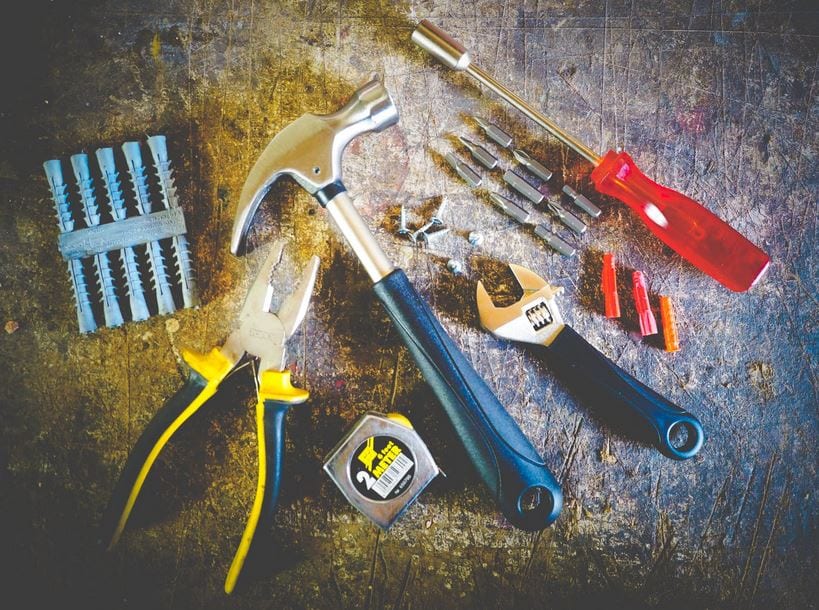Martech evangelist Scott Brinker’s 2018 marketing landscape supergraphic shows there are more than 6,800 technologies out there for marketers. With more than a 27% increase from 2017, the amount of solutions is only growing. How can marketers possibly choose between all of them when the offerings are seemingly endless?

Source: Pexels.com under CC license.
While traditionally marketers have been known for their creativity only, times have changed. There is now tons of technology in the background that supports marketers in reaching their goals. According to research from Acquia, global marketers plan to invest even more money into martech this year as a way to help meet their brand’s objectives. With the right tools, marketers have the power to make campaign execution as effective as possible. However, it’s important to remember: a single piece of technology is not the magic solution. Rather, it’s about choosing various tools that complement each other and work together to meet a brand’s unique goals.
To build a modern martech stack, marketers should consider the following questions:
What is my goal? It’s easy to see a new solution hit the market and want to purchase it right away. But before diving into a new platform, it’s important to take an honest look at your marketing end goals. Think about what your CMO will ask in a year when you need to cancel or resign your vendor contracts. It may be “How much did customer conversion increase?” or it could be “By what percentage did customer satisfaction grow?” Remember, the tools that worked for you five years ago may not work for you today. Goals change, and your technology must adapt alongside them.
Where do my customers spend time? With the ability for consumers to shop on more platforms than ever before, it’s critical to understand where they are actually purchasing from. Some demographics may be inclined to buy products on social media platforms like Instagram, but others likely won’t. Think about who you’re selling to and meet them where they are. Focus on the devices they are already using to better reach them and incorporate technologies into your stack that make this execution possible.
Will this play well with the rest of my stack? The different tools a marketer chooses must work together and communicate with each other. Without this ability, it’s impossible to get a true view of the customer. First, determine what gap in your martech stack a tool will help fill. Then, make sure it can integrate with the other platforms you’re using. Having different data in different systems means you’ll get an inaccurate view of the customer. To better serve your buyers, connect disparate martech tools and gain the single source of truth you need to deliver the level of customer experience they expect – and deserve.
This year, it’s more important than ever for marketers to focus on customer experience and the micro-moments that matter. By doing this, brands can boost their authenticity and provide buyers with the right information at the right time. It’s challenging to stand out when consumers constantly receive content, offers, emails and ads. But, it’s not impossible. With the right martech stack, your brand can cut through the noise.
Is your stack delivering the insights you need to become an integrated, data-driven, customer-focused marketer? Find out here.



